Use these position worksheets to make sure your students are ‘on top of’ their spatial awareness skills.
Check Out Our Fun Fill-in-the-Blank Position Worksheets
Boost spatial skills and vocabulary with this set of six position worksheets! Designed for early learners, the first four worksheets feature an illustration paired with fill-in-the-blank sentences and a helpful word bank, encouraging students to describe object placement using terms like under, above, beside and more.
The final two worksheets offer six mini-scenes each, prompting students to compare object positions. With included answer keys for easy checking, these position worksheets are easy to put to use in your classroom.
Activities to Complement This Positions Worksheet Set
To maximize learning, pair some fun, hands-on activities with this positions worksheet set. Here are a few ideas to get you started!
Simon Says (Positional Language Edition) – Play a game of ‘Simon Says’ using commands with positional words like, ‘Put your hand on top of your knee.’
Draw and Describe – Students draw their own scene and then describe it with 5 sentences using positional language. They could also make their own set of position worksheets for a partner!
Positional Language Scavenger Hunt – In partners, students take turns secretly choosing an object in the room and then guiding their partner to it using positional words.
Downloading This Position Worksheet Set
This position worksheet set is available in both Google Slides and PDF formats. To download the set, click the drop-down arrow on the download button and choose the version you prefer.
This resource was created by Lindsey Phillips, a teacher and a Teach Starter collaborator.
Want More VC2M1SP02 Resources?
We have more resources to help you teach standard VC2M1SP02 / AC9M1SP02 – take a look below!
[resource:5147373] [resource:5148315] [resource:5135980]
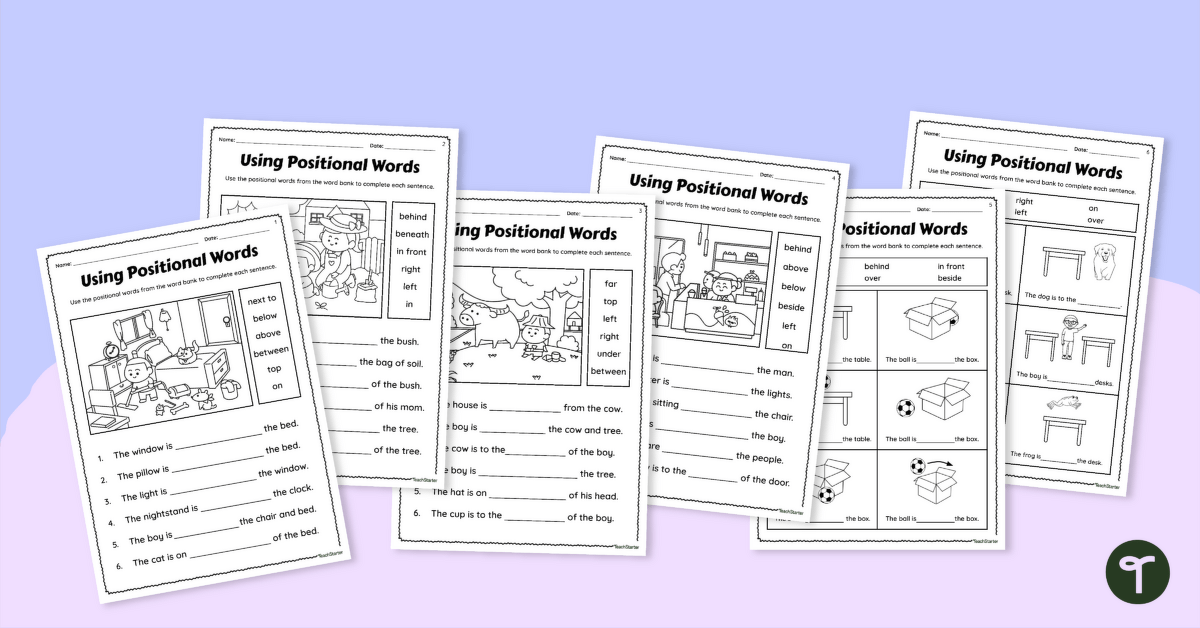

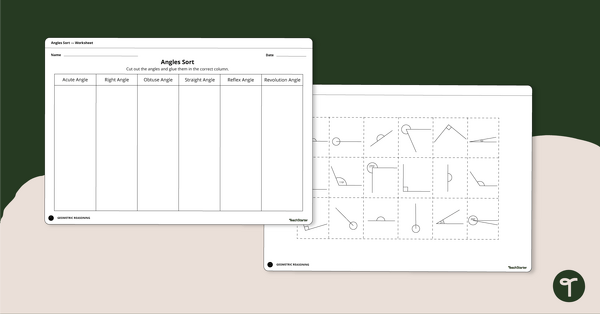
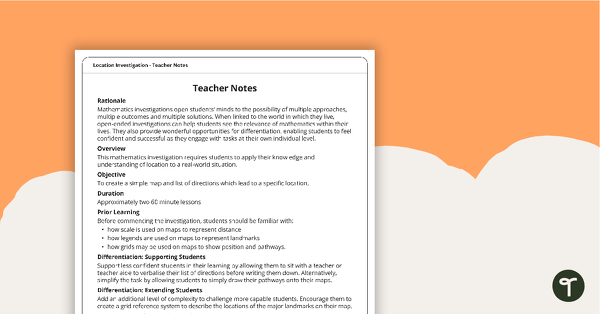
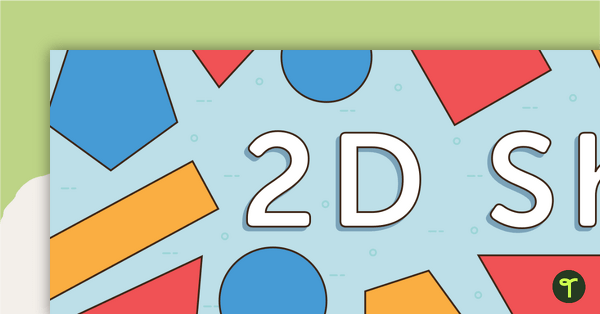
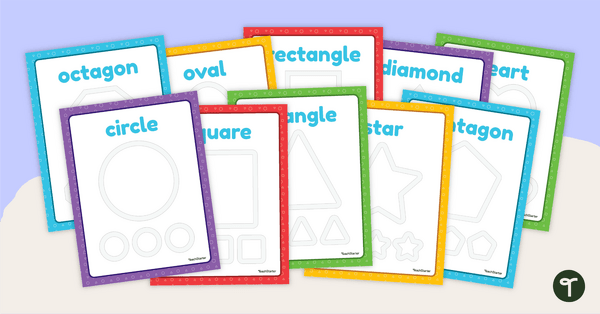
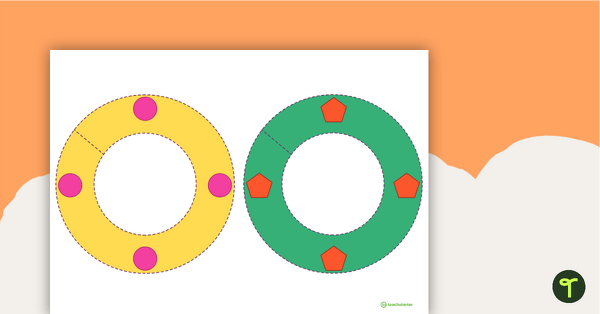
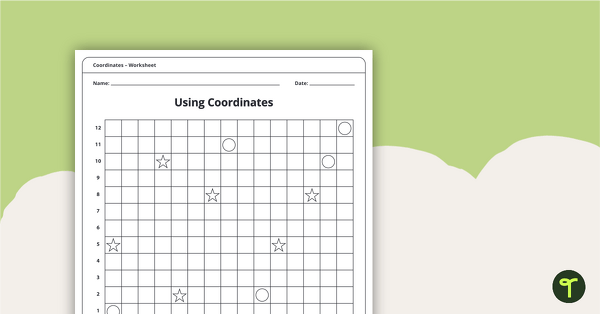
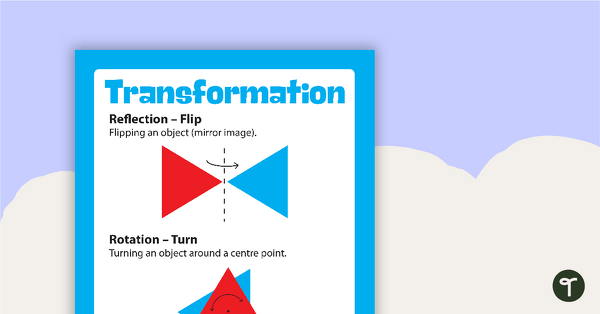
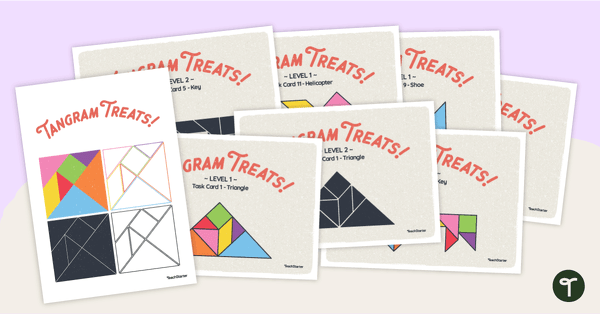
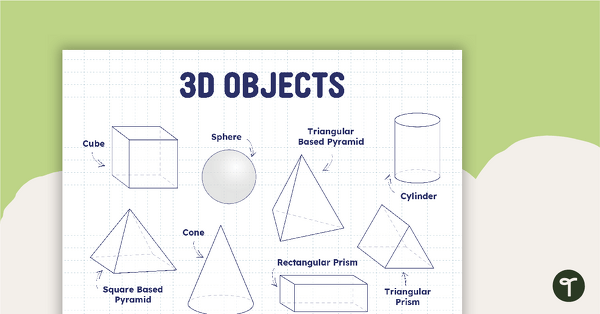
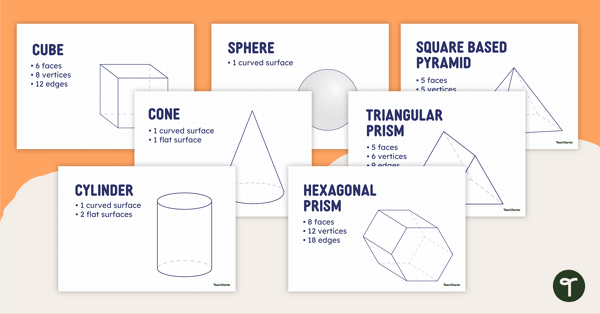
0 Comments
Write a review to help other teachers and parents like yourself. If you'd like to request a change to this resource, or report an error, select the corresponding tab above.